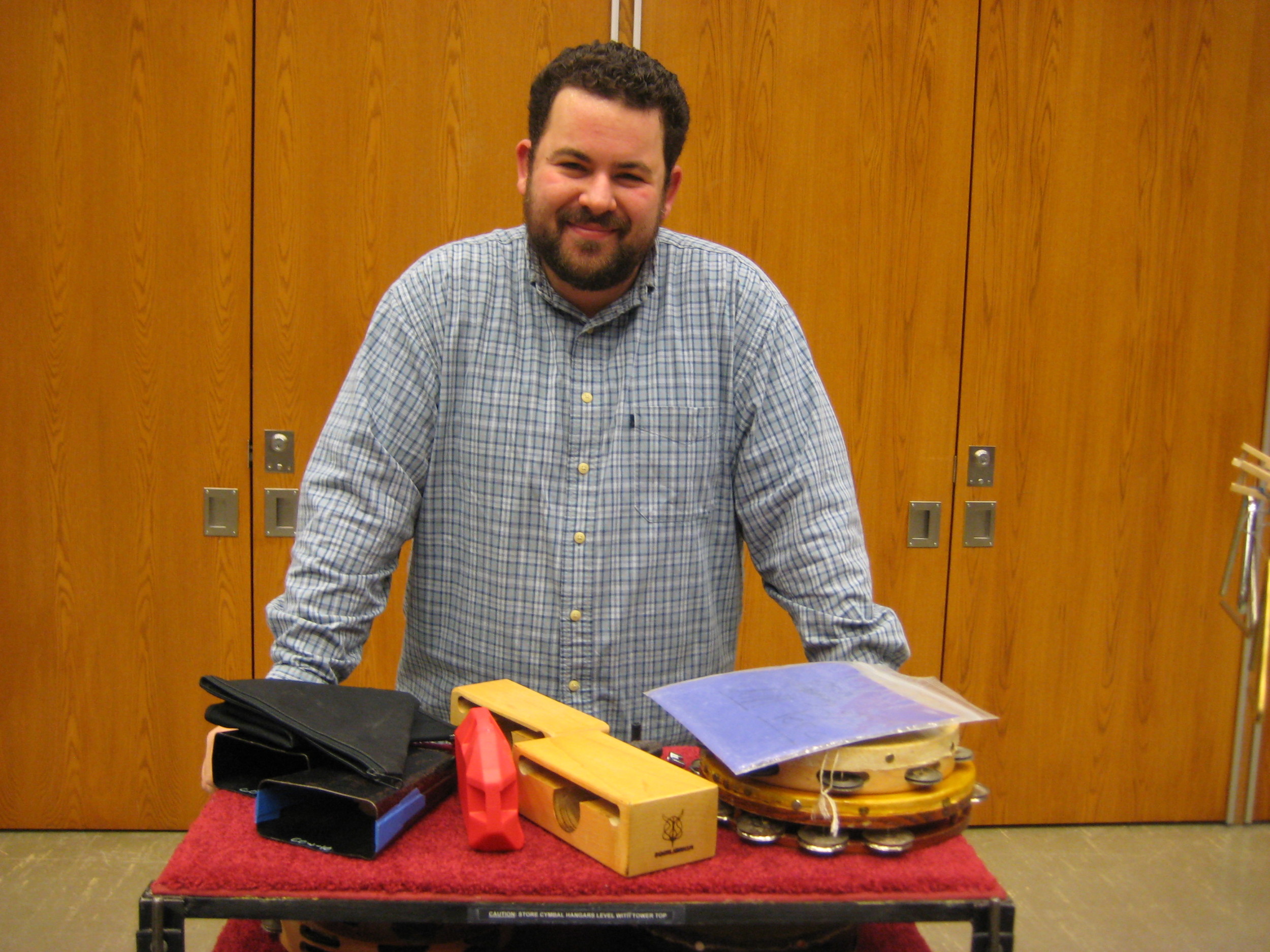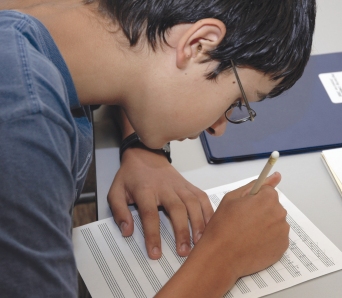Our concert this week is called "MOSAIC". Every piece on the program is by an American, and each piece truly unique. We're really excited about the blend of old and new on this program and the breathtaking variety of style. From traditional classical, modernist mastery, jazz, blues and folk - it's all in here! Learn a little more about the music from the musicians themselves in this post.
October 19, 8:00 pm
The Chapel Venue - tickets include 2 drinks.
$10 in advance, $15 at the door. Online ticket purchase click here.
October 24, 7:30pm
Chamber Music Series
Danforth University Center, Washington University - in the Goldberg Formal Lounge
free
MUSICIANS
Jennifer Gartley, flute
Dana Hotle, clarinet
Adrianne Honnold, saxophone
Elizabeth Ramos, violin
Laura Reycraft, viola
Stephanie Hunt, cello
Christopher Haughey, bass
JOAN TOWER Petroushskates (flute, clarinet, violin, cello, piano)

Dana "I about fell out of my chair the first time I heard Petroushskates I loved it so much. It is so colorful and vibrant. Joan achieves these bright, shimmering, brilliant colors with just these 5 instruments, almost exactly the same colors the composer Stravinsky gets with a full orchestra. Stravinsky's famous ballet, Petroushka, is one of her sources of inspiration for this unique piece. The other source, figure skating, seems completely at odds with her first source: an iconic ballet by a Russian master, but somehow, she makes it work! I love the tension that these two seemingly unrelated ideas create in this short piece. I'm excited to finally play music by Joan Tower, one of the great American composers of the 20th Century, and one of the first female composers to really "make it". She was the Conductor in Residence at the St. Louis Symphony in the '80s, so she has this great St. Louis connection as well."
Jennifer "The Tower never lets up, I can never stop counting even for a second. In practicing this work, the rhythmic element is just so challenging, but the effect should be a mix of the ultra complicated coupled with a feeling of effortlessness... which doesn't completely make sense until you hear it."
AARON COPLAND Piano Variations (solo piano)

This is not your everyday piece of music. This is not your everyday composer. One of the most popular American composers of all time, you get to hear a side of Copland you may not have heard before in his Piano Variations (1930). This piece put him on the map as a very serious artist. This music is "ART" in the highest sense of the word. It falls into the category of "Modernism", which basically means a style of music in which a composer is trying to break out of the traditional ways of using melody, harmony and rhythm, often times failing to create anything lasting. But not Aaron, he succeeds brilliantly. This music is bracing and angular, representing the incredible changes in society in the early to mid 20th century. Think machines, technology, urbanism - expressed in a very elegant and concise vocabulary. We've rented a brand spanking new Yamaha Concert Grand piano for this concert, and Nina is going to show you everything it can do with the Copland!
MASON BATES Life of Birds (flute, clarinet, violin, cello)

Jennifer "I have been intrigued by Mason Bates for a few years and I first heard about him in his role with the New World Symphony in creating these really cool electronica/classical crossover concerts that were held in clubs late night. After a little bit of research, I found that he also composed acoustic works and this work just seemed to fit perfectly with our programming. I like his approach to narrative within a work, and even though flute players sometimes get a little tired of being compared to birds, this new approach by Bates really caught my interest. I can't wait to play this, it has been on my wish list for a couple of years."
Dana "Life of Birds is amazing. It's playful, jazzy, modern and soulful all at the same time. we had a blast rehearsing it at a Very Open Rehearsal at STLCC last week!"
Mason is on Facebook and Twitter (follow links to connect with him)
~intermission~
EVAN CHAMBERS Come Down Heavy (violin, saxophone, piano)

Adrianne "Evan Chambers, the composer of Come Down Heavy, is a contemporary American composer and a traditional Irish fiddler. As you might imagine, he often unites the contemporary and the traditional in his music, and Come Down Heavy is no exception. The piece starts out with a blues-styled line in the saxophone part but quickly evolves into a more avant-garde imagining of the melody utilizing the extended range of the saxophone and rhythmic complexity in the ensemble as a whole. At one point the instruction to the performers in the score says "Cataclysmic", which I've never seen in a piece of music!
Throughout the first movement, the piece goes back and forth between these bluesy folk tune melodies and a more modern representation of those melodies. The second and third movements of the piece are more traditional, with the second movement featuring a beautiful melody performed by the fiddle and the third movement featuring the saxophone. Finally, the fourth movement, "Drill Ye Tarriers" employs different types of dance forms and ends with a frenzied flourish in the form of a tarantella. [a tarantella is an old Italian dance form that has to do with spiders, you can read about it here] Throughout the piece Chambers uses traditional Irish, Scottish and even Italian folk ideas, a nod to both his own heritage and to the varied heritage of America. This piece can get pretty wild, but just keep listening! You're never far from another folk tune. "
GEORGE GERSHWIN "Someone to Watch Over Me" (saxophone, string quintet)
An American Classic, sweetly arranged for sax and strings. Check out this beautiful rendition by the incredible Ella Fitzgerald. [youtube=http://www.youtube.com/watch?v=TYEeAOTIQ2c&feature=related]
This program is presented in partnership with The American Arts Experience, and partially funded by The Missouri Arts Council, a state agency.







